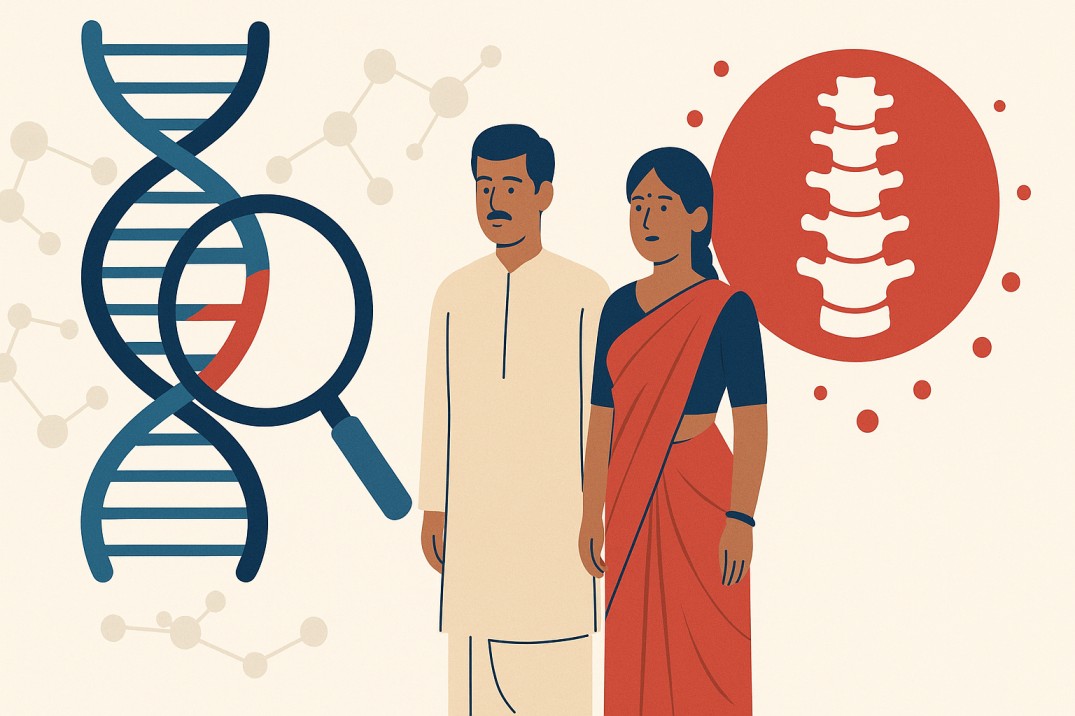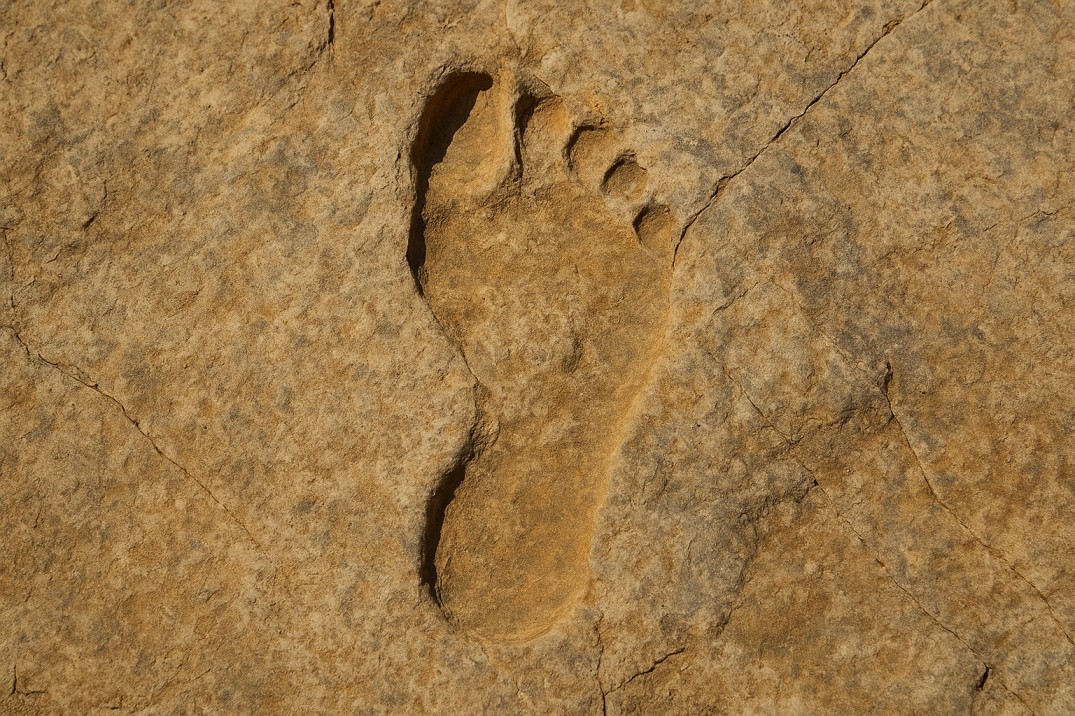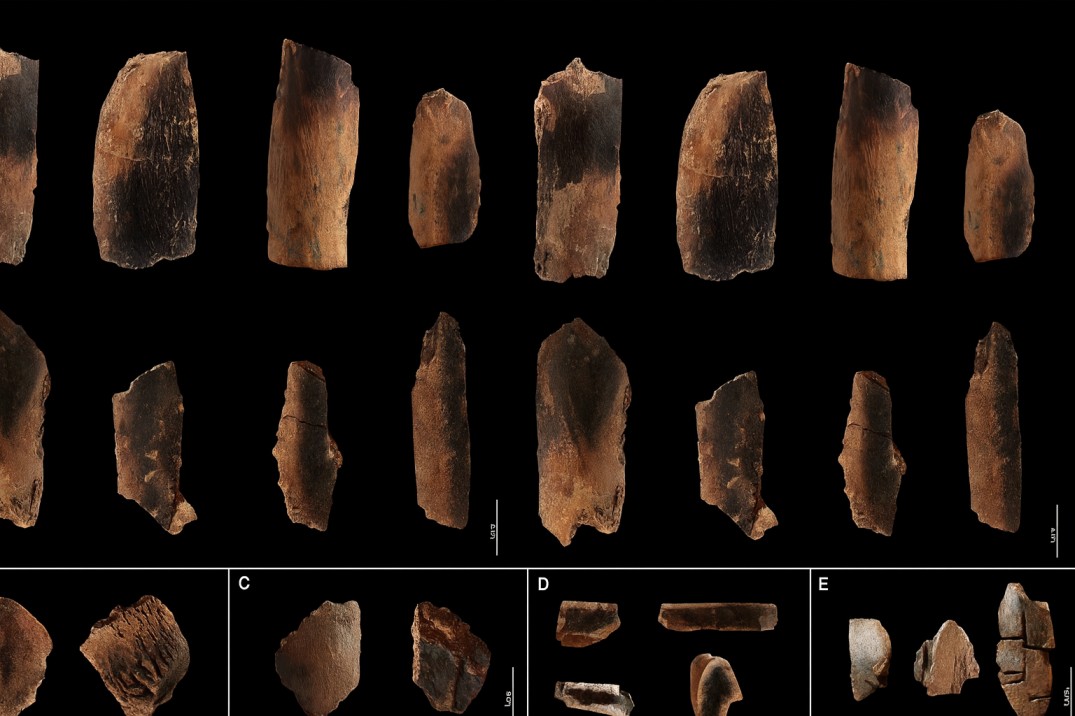Endogamy and Genetic Risk: Why Reddys Face Higher Incidence of Ankylosing Spondylitis
By Pratheusa Machha et al., Journal of Genetics and Genomics, February 2025
Based on research from the CSIR–Centre for Cellular and Molecular Biology (CCMB)
Introduction: When Marriage Choices Shape Health
A recent genetic study conducted by scientists at the CSIR–Centre for Cellular and Molecular Biology (CCMB) has highlighted a significant public health concern. The research reveals that the Reddy community in South India shows an unusually high prevalence of Ankylosing Spondylitis (AS) — a chronic and debilitating disease that primarily affects the spine.
This increased susceptibility is closely linked to the community’s long-standing practice of endogamy, or marriage within the same social group, which has amplified certain genetic traits over generations.
What the Study Found
The study, published in the Journal of Genetics and Genomics in February 2025, analysed the genomes of 281 individuals from four South Indian populations — Kalinga, Kallar, Reddy, and Yadav.
Researchers discovered that 13 percent of individuals from the Reddy community carried a specific genetic variant called HLA-B*27:04. This figure is significantly higher than what is seen in the general Indian population, indicating a strong genetic clustering effect.
This variant is strongly associated with Ankylosing Spondylitis, which causes inflammation of the spinal joints and can lead to severe pain, stiffness, and progressive fusion of the spine.
The Role of Endogamy and the Founder Effect
The key reason behind this clustering lies in the genetic consequences of endogamy.
Endogamy restricts the gene pool by limiting marriages to within the same community over many generations. This allows certain genetic variants — even harmful ones — to become more common because there is less genetic mixing with outside groups.
Over time, this leads to what scientists call the “founder effect”: when a small ancestral population passes down certain genes disproportionately, making them highly concentrated in their descendants.
In the case of the Reddy community, the HLA-B*27:04 variant became more prevalent due to this founder effect, raising the overall risk of Ankylosing Spondylitis among its members.
Why This Matters
This research has important public health implications.
It highlights the hidden health risks of long-term endogamy, especially in communities where marriage outside the group is discouraged. It underscores the need for genetic screening and awareness campaigns in such high-risk populations. It also opens the door for personalised healthcare strategies, where preventive measures and early interventions can be targeted to communities with known genetic predispositions.
Conclusion
The CCMB study shows that cultural practices, such as endogamous marriage, can shape the genetic landscape of communities over generations. While such traditions are deeply valued, this finding underlines the importance of balancing social customs with scientific understanding and public health planning.
Recognising these genetic risks can help affected communities move from unawareness to proactive health management, ensuring that future generations are healthier and better informed.






